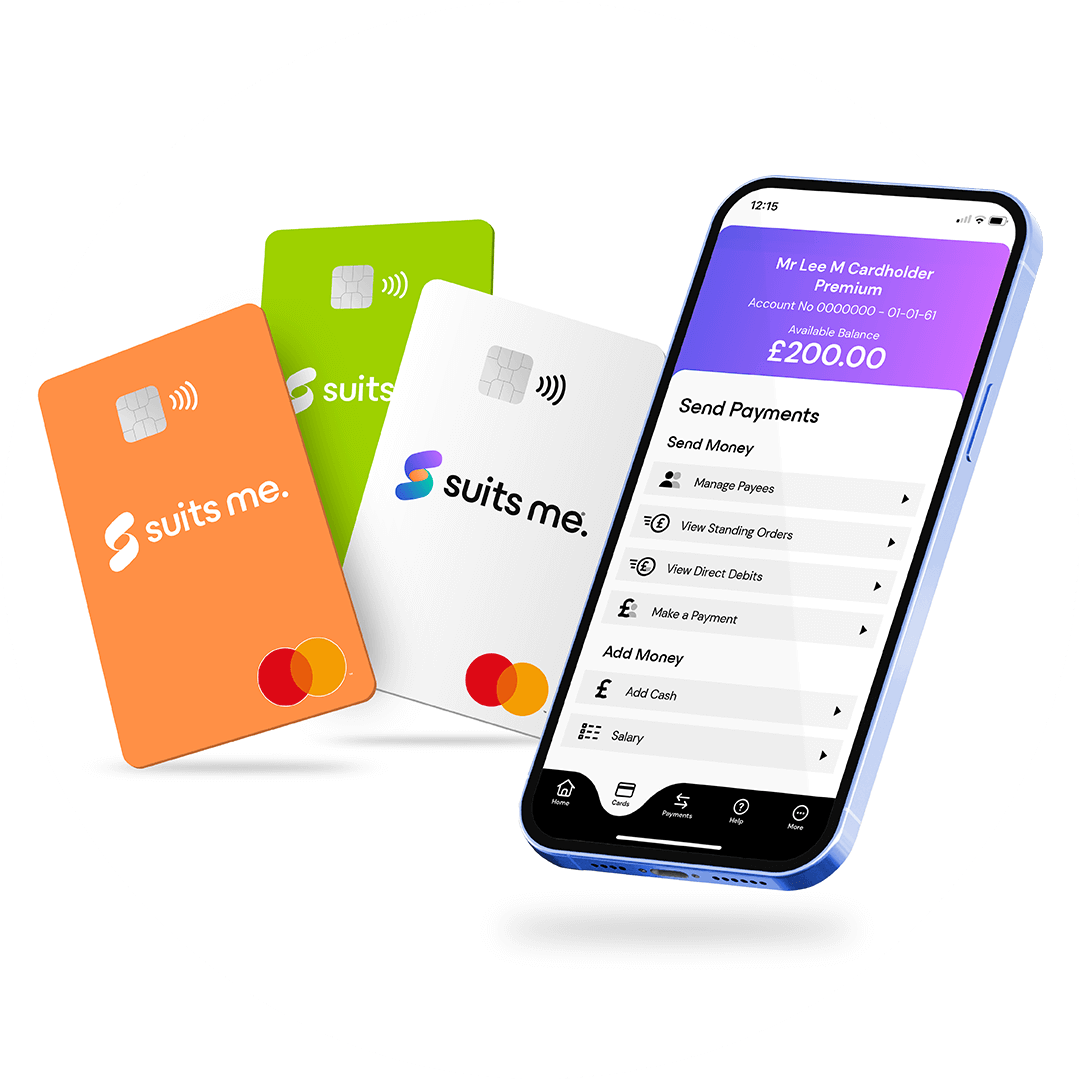
A report by UK Finance discovered that in 2019, criminals stole an estimated £1.2 billion through fraud and scams – despite the steps taken by the banking industry to prevent people’s money being stolen.
The report revealed that fraud continues to pose a major danger to UK current account holders as fraudsters are becoming more creative when they attempt to steal money – and this shows no sign of changing. So, to help protect yourself from criminals there are some things you can do to reduce your risk:
1. Don’t Make any Transactions on Public Networks
If you’re on a public WiFi network that doesn’t have a password, your data will not be encrypted and will be visible to any computer nearby. In the hands of a fraudster, they can intercept the information you’re transmitting from websites that don’t use ‘https://’ in the URL and use it to steal your debit card information.
Even if the website you’re using contains the correct information in the URL, it’s probably best to avoid using both secured and unsecured public networks to make a payment or submit any personal details about your identity.
If you don’t have a wifi package at home and do rely on public networks, it might be a good option to invest in a VPN. A VPN or Virtual Private Network can encrypt your data across the internet to ensure your privacy and anonymity are protected when you use public Wi-Fi. Some Popular VPN’s include NordVPN and Norton Security VPN.
2. Do Keep Your Debit Card Details to Yourself
If you regularly make card payments over the phone, it’s easy to get caught up in the conversation without taking note of people who may be in earshot. You never know who could be listening and take advantage of your personal details.
Be mindful that if a fraudster takes note of your details, they won’t need your debit card to start spending your money and can easily spend your money online by entering the card details you’ve unknowingly provided.
And remember – if your banking provider calls, they will never ask you for your debit card information over the phone or live chat.
3. Don’t Post Photos of Your Debit Card
Although this may seem fairly obvious, even if you delete a photo of your debit card posted online the picture will never truly disappear and it only takes a crafty fraudster to come across it in order for you to become a victim.
Even if you cover half of the card details but leave the expiration date, account holders name and last four digits of the card, experienced fraudsters will be able to figure the remaining card number.
For example, we already know that all Visa debit cards begin with the number 4. The next five digits will identify the bank or card issuer, which could be found researching the individual and the remaining four digits could be decoded easily.
Additionally, if you do become a victim of fraud after posting an image of your card online, your banking provider may not reimburse you for any money that scammers have taken from your account as you will be held liable as you’ve not taken sufficient steps to ensure your debit card details are safe and secure.
4. Do Examine Your Bank Statements Regularly
Your bank statement is one of the first lines of defence at spotting any unusual transactions or payments on your account. If you use online banking, then you should be able to clearly see anything out of the ordinary and you should check your transactions at least twice a week to ensure you’ve not missed anything.
If you notice anything out of the ordinary, you must contact your banking provider immediately – most have 24-hour fraud lines available where staff are trained at spotting or preventing any further payments from leaving your account.
It’s worth noting that if you still receive paper statements you should either file or shred them once you’re done.
5. Don’t Speak to any Unverified Customer Service Staff
What we mean by unverified representatives is when your banking provider, utility provider or insurance company calls, or emails you, and asks you to confirm any financial information without you reaching out to them first.
As mentioned before, your banking provider will never ask you for any of your card information over email or the phone if you didn’t initiate the call. If you get one of these calls and you’re not sure if it’s a scam, hang up and call them back on a verified number (which can usually be found on their website).
If you receive an email from your bank or company you make payments too, there are some telltale signs to check for:
- Check the sender’s email address – does it look correct?
- Check for spelling & grammar mistakes
- Are they asking you for any account details or to follow a link to an external website?
- Do they address you by your email address or “dear customer”? Professional businesses should always use your name.
- Is the language urgent or threatening?
Remember that Fraudsters are Becoming More Creative
Most debit card thefts occur when the cardholder is out of sight or distracted, so it’s important you keep your in a safe place when you’re out and about.
If possible, only take the one card out with you and leave the others at home because if your purse or wallet is stolen – it saves you the hassle of having to cancel all your bank cards, gift cards or loyalty cards.
ATM’s can be a hotspot for fraudsters. Our useful guide on “3 Debit Card Scams You Need to Watch out for in 2024” will be able to provide you with some helpful tips and support on how to protect yourself when you’re withdrawing cash.
Additionally, if you do notice your card is missing but you can’t see anything suspicious on your transaction history it’s worth freezing your card and contacting your banking provider for a new one as it’s better safe than sorry in these types of situations.





